News of threats to butterflies, bees, and song-birds is everywhere. We hear that pesticides, climate change, and habitat loss are contributing to shocking declines in bird and insect populations, especially bees needed to fertilize food crops. Scientists report that insects are disappearing. We notice that moths don’t hang around our porch lights anymore, and bugs don’t splatter our car windshields as they once did. We may notice that bird species we often saw as kids are no longer around. We worry about what is happening, but we assume the solutions are beyond our individual control.

New York Times Magazine, December 2, 2018
The good news is we can make a big difference right in our own back yards! Simple changes in the way we maintain our property – especially in the fall – can have an amazing benefit to birds, butterflies, and bees. We just have to understand what they need and make it available. Birds and insects need food and shelter all year long. Too many of our yards offer neither.

Many of us enjoy seeing winter visitors at our bird-feeders. But birds are vulnerable if they don’t have nearby places to hide. Planting densely with native trees and shrubs, and letting them take their natural shapes, provides shelter and much safer habitat than trimming too tightly to make trees and shrubs artificially neat. Birds need insects they find in holes and crevices in the bark of trees and shrubs, even in winter. So we need to have lots of trees and shrubs all around us, not just up against the house.
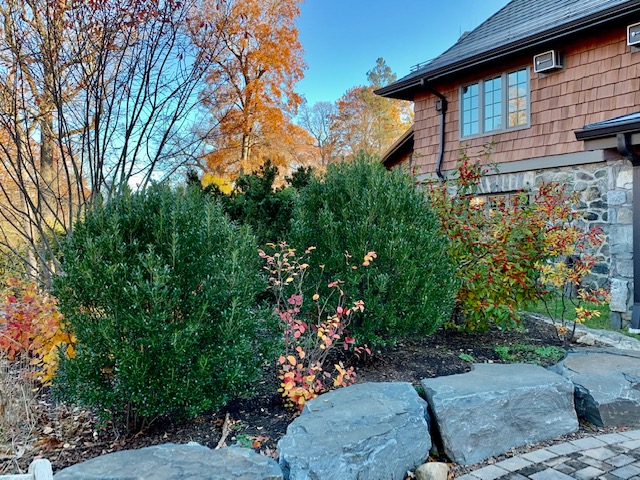
Our flower beds and pollinator gardens can be valuable all winter long, too. There are more nutritious seed varieties in native flowers and grasses than in commercial bird seed mixes, so we should leave flower beds uncut until spring.
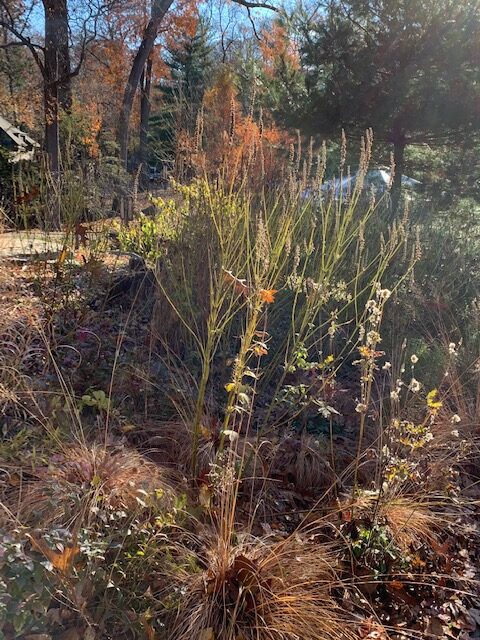
Most of our native bees over-winter in the ground. Shredded bark mulch prevents burrowing bees from finding the safety they need. Other bee species nest in hollow plant stems. By leaving flower stalks standing through the winter, we can provide habitat for many bee species. At the Nature Center, we have a “bee hotel” to demonstrate that nesting behavior. But it’s easier and far more effective just to leave the stalks of flowers and grasses up all winter long for nest sites.
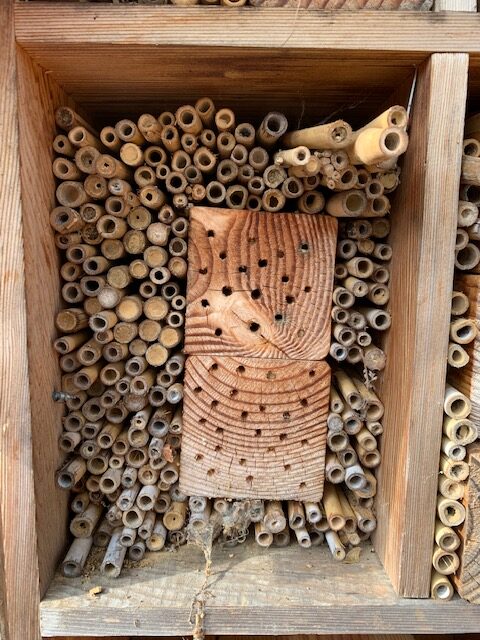
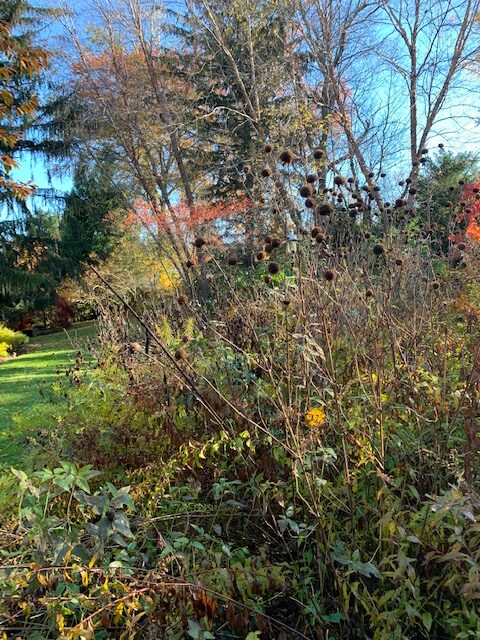

Beetles make holes in old tree stumps or fallen logs that are later used by cavity-nesting bees for winter. Brush piles provide winter cover for birds as well as nest sites for bees, butterfly larvae, firefly larvae, and loads of beneficial insects.

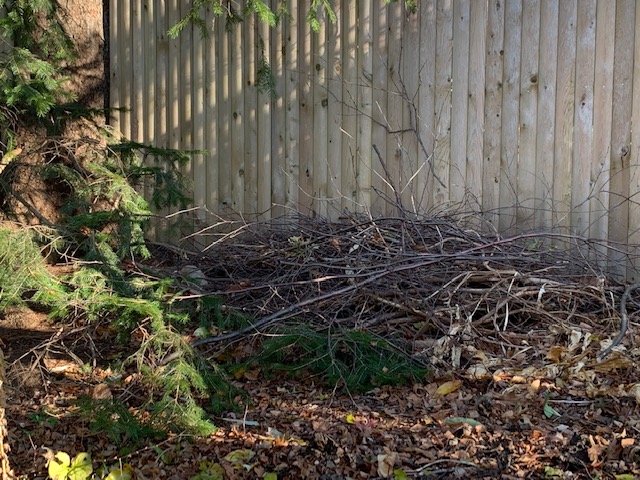
It’s actually easier to create essential habitat for birds and beneficial insects than to strip your yard of all the good stuff in the fall. So, don’t remove your leaves. Don’t over-prune your shrubs. Don’t cut back your flowers and grasses. Don’t bundle up your twigs and branches and put them at the curb. Relax a little instead! There will be time in the spring, after everybody has left their winter beds, to tidy up for the new season. Let’s move toward a more natural look for our winter landscapes and a better environment for the creatures sharing it with us.
We really believe that’s beautiful.

For more information on the value of keeping fall leaves on your property, see our December 2 post here.
This blog is authored weekly by Cathy Ludden, local expert and advocate for native plants; and Board Member, Greenburgh Nature Center. Follow Cathy on Instagram for more photos and gardening tips @cathyludden.

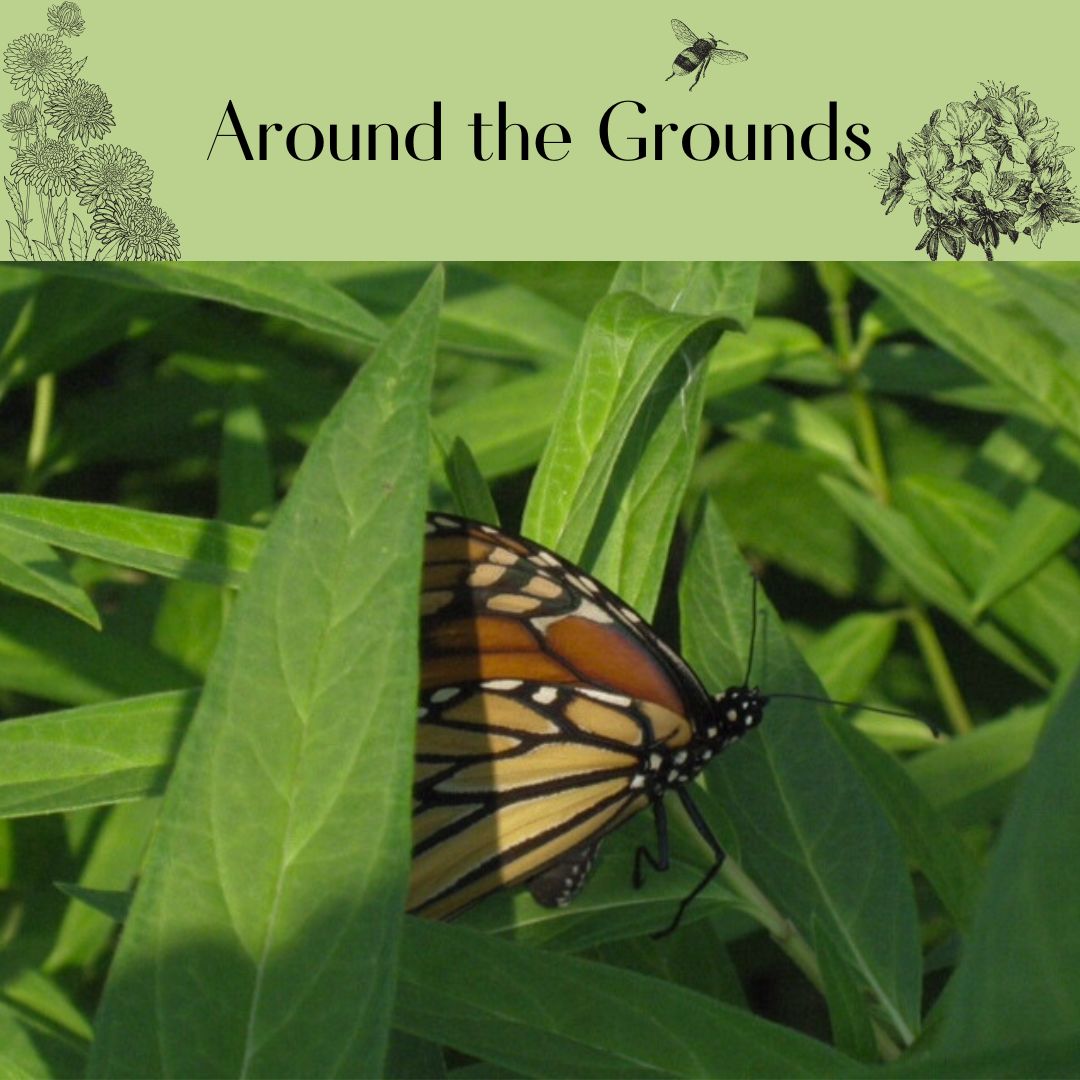
Nice post, Cathy, and excellent pictures! They really tell the story. I loved “free bird seed”!
Thanks, Brooke. We appreciate the feedback.
This is a very valuable lesson. I find your blogs fascinating and very helpful. It is important to know that we can help. Great blog, as always. Thank you!
Tracey, please feel free to share the post with friends and neighbors. It would be great to see positive changes in our neighborhoods.